Battle of Carthage
The Battle of Carthage took place in and around Carthage, Missouri on July 5, 1861. This battle is significant because it was the first full-scale land battle of the American Civil War...
Although many refer to the First Battle of Manassas (Bull Run) as the first battle of the Civil War, the Battle of Carthage was fought a full sixteen days earlier. It pitted Union forces under the command of Colonel Franz Sigel (left) against Missouri State Guard forces under the command of Missouri Governor Claiborne Fox Jackson (right). Interestingly, this is the only time a sitting U. S. Governor has led troops in battle...
After the Confederate attack and capture of Fort Sumter in South Carolina, President Lincoln called for the states to raise 75,000 men with each state assigned a particular portion of that total. Governor Jackson refused to raise men for, "The President's army to make war upon the people of the seceded states." Realizing that Jackson intended to secede, Union commander of the St. Louis arsenal, General Nathaniel Lyon, took action.
First, Lyon (right) chased Governor Jackson and his contingent of the Missouri State Guard from Jefferson City, and pushed them on south after a brief skirmish at Boonville, Missouri. Then as he pursued Jackson, he sent troops under other commanders to cut off Jackson's path south to Confederate Arkansas.
One of these commanders was Colonel Sigel. As he moved to intercept Jackson's retreat, Sigel learned that the commander of the Missouri State Guard, General Sterling Price, had left Lexington, Missouri, and was moving south as well. He also learned that Confederate General Ben McCulloch was moving north to the Arkansas border to support the Missouri rebels.
Sigel then decided to cut Price off at Neosho, Missouri, scatter his troops, and then turn north to take on Governor Jackson. Unfortunately, he reached Neosho too late and found that Price had already escaped south to meet up with McCulloch. Sigel had, however, managed to get south of Governor Jackson and decided to head north and try to hold the Governor's force until General Lyon could catch up.
Sigel and his men moved north to Carthage, Missouri, and camped just southeast of the town on the evening of July 4, 1861. That evening, Sigel learned that Jackson and his men were camped roughly fifteen miles to the north of Carthage...
At the same time, Jackson learned of Sigel's position. During the night, both men determined to move at first light to meet the enemy, setting the stage for the Battle of Carthage. Governor Jackson, after learning that Sigel was advancing to meet him, halted his men and took a position on, "the ridge of a prairie, which sloped gently down toward Coon Creek."
Jackson had under his command roughly 2600 infantry troops and roughly 1500 cavalry. These men were, however, poorly equipped, since they were mostly armed with whatever guns and ammunition they happened to bring from home when they volunteered. Along with these men, Jackson's force also possessed seven cannon. He formed his line of battle on the ridge with the infantry and artillery in the center, and the cavalry taking up positions on each flank. Jackson also had another 2000 volunteers under his command who were completely unarmed, these were sent to the rear as Sigel approached.
Sigel had under his command roughly 1100 well-trained, well-armed German-American soldiers and eight cannon. Despite the numerical disadvantage, Sigel nevertheless determined to press the attack. Perhaps he felt his men's superior discipline and arms could carry the day...
Whatever was on his mind, he launched the Battle of Carthage by forming, "his line of battle within a half mile of the enemy's position, distributed his artillery along it, then order[ing] an advance."
...The Battle...
Before he could open the Battle of Carthage, Sigel encountered the rebel's forward skirmish line under the command of J. O. Shelby (left). The famous cavalry commander was making his first appearance of the Civil War. Using 150 men, Shelby rode between the two forces and feinted towards the Union lines. This activity drew Union artillery fire and caused them to waste shot and powder defending against a minimal threat. While this was just a small action, its audacity would come to typify General "JO" Shelby, future commander of the "Iron Brigade."
After pushing back Shelby's line, Sigel opened the battle with his artillery, and Jackson's State Guard responded in kind. The artillery duel continued for about an hour. Jackson then sent his cavalry forces out to try to flank Sigel on both sides.
At the same time, Jackson sent his 2000 unarmed volunteers into the woods on his right to take shelter. While Sigel was able to defend against the flanking attempts by the cavalry forces, he was afraid the large mounted force he saw take to the woods would be able to gain his rear. (There was no way for him to know they were unarmed.) Rather than let himself be cut off from his supplies and surrounded, Sigel began an orderly retreat back across the creek towards Carthage.
Sigel used his artillery to full advantage in order to defend his retreat. His skillful maneuvering was later described like this, "While one battery would hold the enemy in check, another would be placed at the most advantageous position in the rear, where it [the first battery] would withdraw behind it to repeat the manuver. Several times during the day the batteries were cunningly masked, and the enemy rushed up to the muzzle, to receive the death-dealing discharge full in the faces."
At one point, the Confederate cavalry was able to gain Sigel's rear and cut off his retreat; but by charging furiously, Sigel was able to break through their disorganized lines and continue his retreat. Sigel was able to reach Carthage and hold on until nightfall. He then escaped with his men to Sarcoxie under cover of darkness.
Casualties were surprisingly low for such a lengthy engagement. Reportedly, the Union forces lost 44 killed and wounded and the Confederate forces lost 74 killed and wounded...
The victory, by Jackson's State Guard, gave the secessionists in Missouri a much needed morale boost. Also, the successful engagement with Union troops helped the Guard continue recruiting for the defense of Missouri.
While the State Guard won the day, Union forces claimed victory because of Sigel's ability to escape Jackson's much larger force with minimal casualties. Therefore, both sides came away from the Battle of Carthage claiming victory.
Though not giving up claim to the victory, one of Jackson's aides wrote the following paragraph years later acknowledging the impressive job Sigel did to save his force during the Battle of Carthage:
"Sigel continued his retreat in good order, closely followed by a rabble of State troops and harassed on all sides by their mounted men, who did not, however, dare to attack his compact ranks. Crossing Spring River without opposition he held Carthage under cover of its houses and fences till his train was well on the road to Springfield. He then continued his retreat to Sarcoxie, fifteen miles away. Reaching that place at three o'clock in the morning, he rested his men there till daybreak, and then hastened along to Mount Vernon. Finding that he was no longer pursued, he halted there. As the engagement took place about nine miles north of Carthage, Sigel had on the 5th of July marched under a blazing sun more than ten miles, had met and fought on the same day an army four times as numerous as his own, and had then withdrawn his men in good order, first to Carthage nine miles from the field, and then to Sarcoxie fifteen miles further, without halting either to eat or to sleep."
While this battle was over, the fight for Missouri, specifically, and the American Civil War, in general, were only just beginning...
The Stage Is Set...
The Battle of Carthage was just the first act in the bitter struggle for control of Missouri which ensued...
With Sigel out of the way, Jackson and his men had a clear path south to join up with Generals Price and McCulloch. Once the Missouri State Guard was united with their Confederate allies, the officers took the opportunity to train and better equip the volunteers. In early August, Jackson headed to Richmond, Virginia to seek support for his troops from the Confederate government. At the same time, Price and McCulloch began to head north.
After successfully retreating to Sarcoxie and resting his men following the Battle of Carthage, Sigel moved on to Springfield, Missouri. There he was joined by General Lyons and all the Union forces he could bring to bear.
Even though the Battle of Carthage was over, the Civil War in Missouri was just beginning. The stage was now set for the "Bull Run of the west," the Battle of Wilson's Creek...
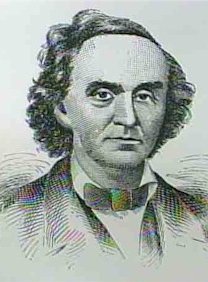
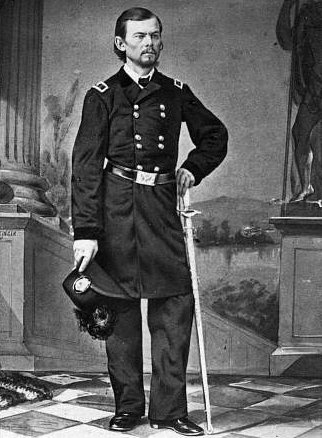
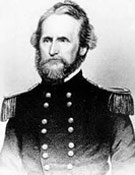

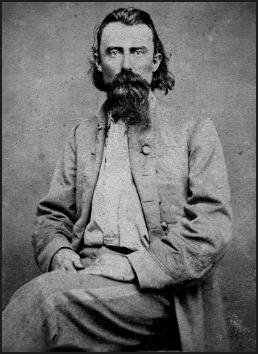
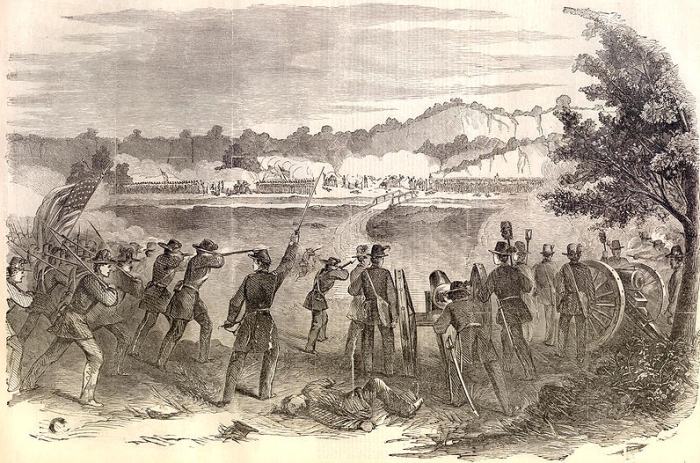
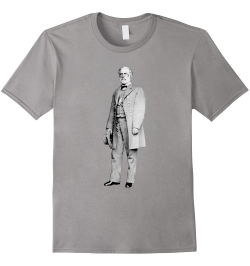




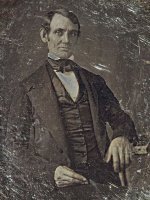
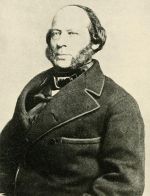
New! Comments
Have your say about what you just read! Leave me a comment in the box below.